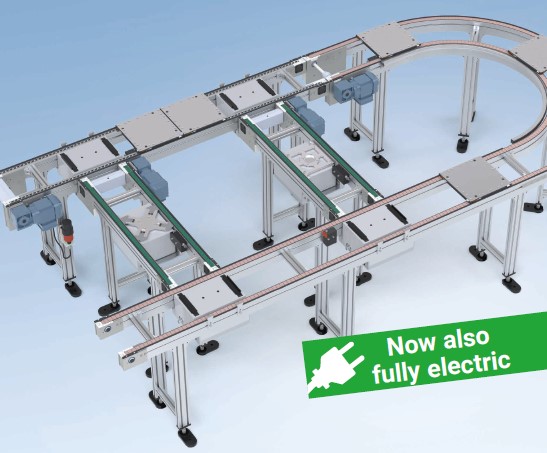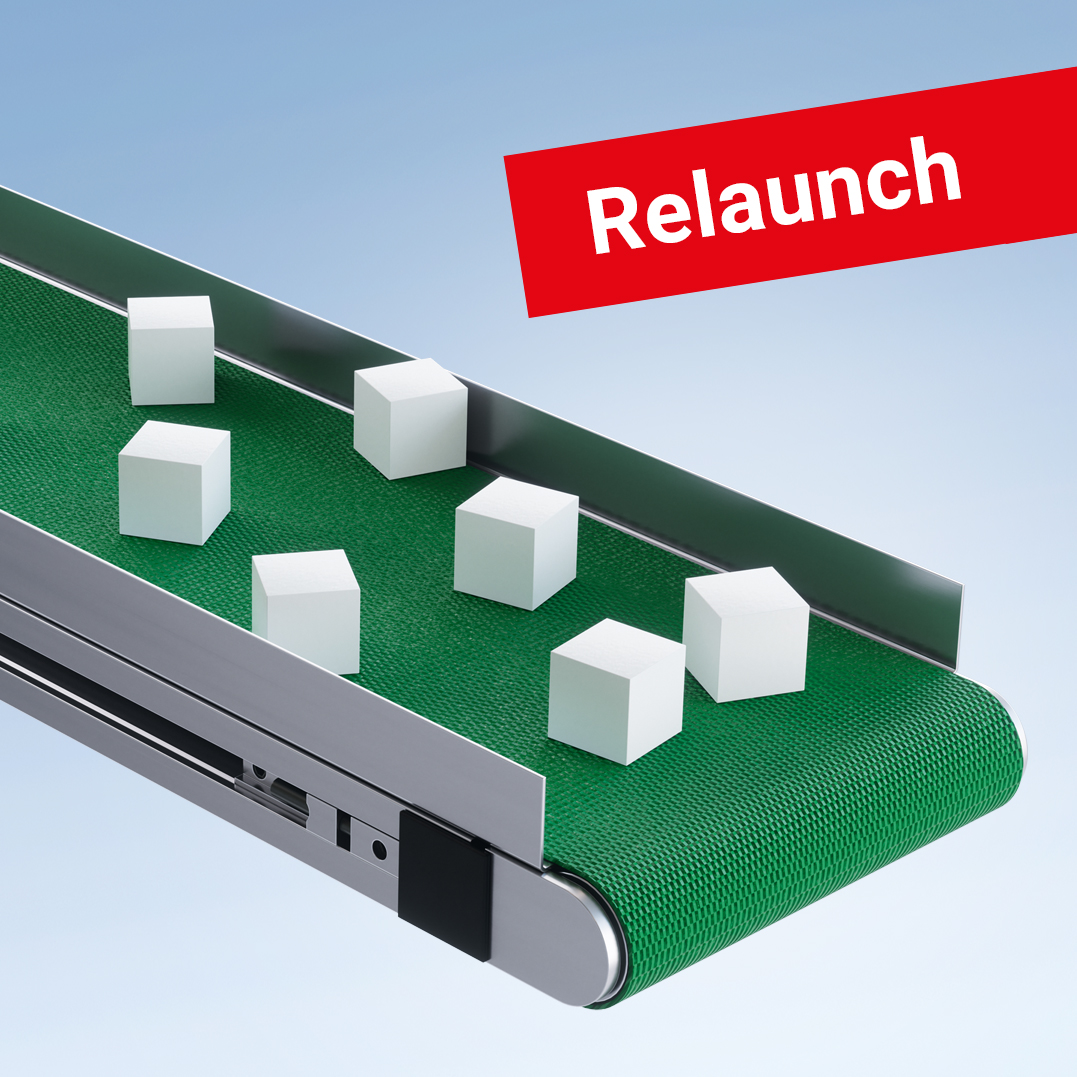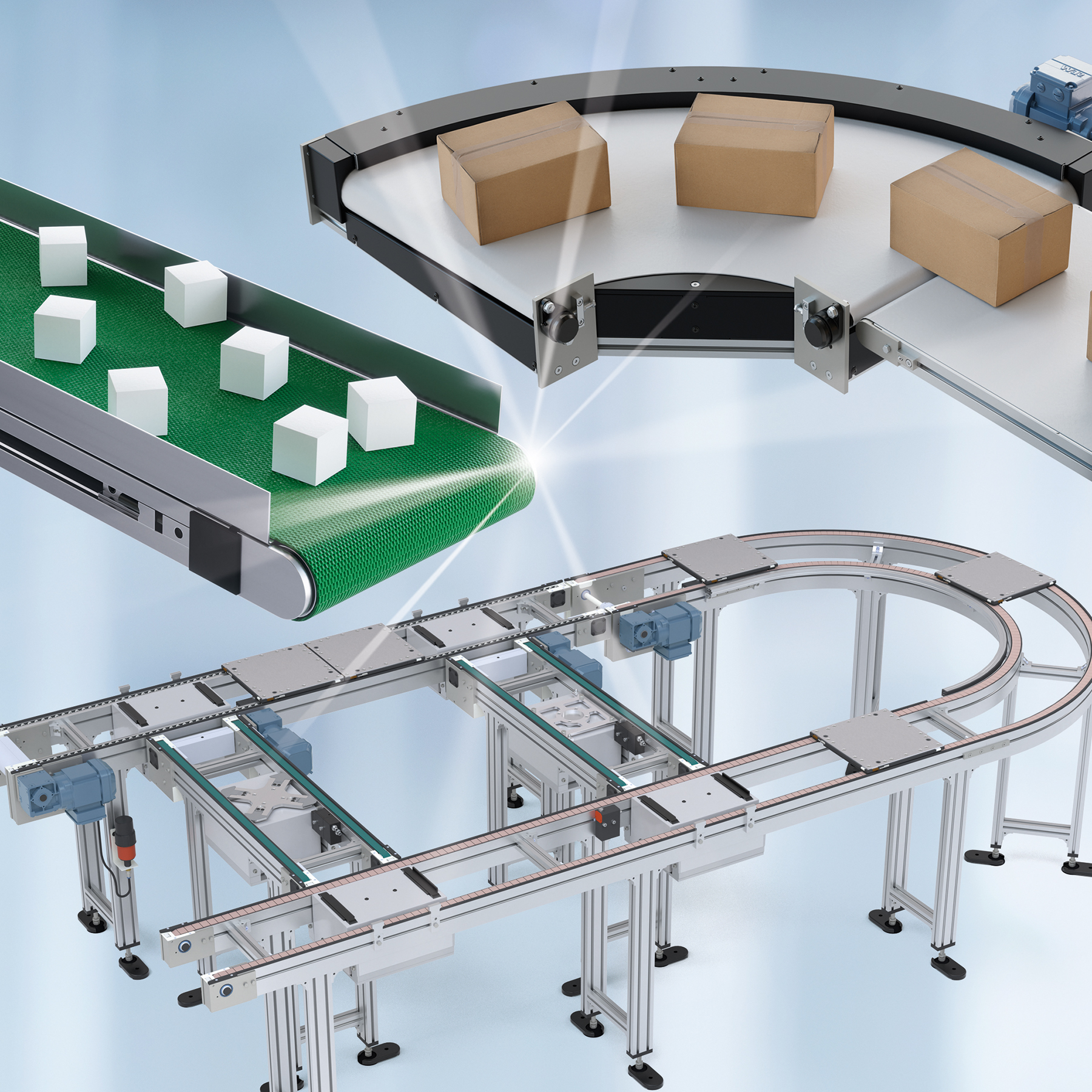An overview of mk’s product portfolio for working under cleanroom conditions
23-05-2019
Working under cleanroom conditions has largely become the industry standard in the fields of electrical and medical technology as well as in the pharmaceutical, food and semiconductor industries. Due to the increased use of microelectronics in the automotive sector and the resulting rise in demands for technical cleanliness, cleanrooms are also set to become more common throughout the automobile industry and its suppliers in the future. A cleanroom facilitates the manufacturing and packaging of highly technical or particularly sensitive products, while at the same time offering suitable environmental conditions for a wide range of research and development work.
Cleanrooms are defined as a room in which the concentration of airborne particles is kept to a minimum. The air purity is classified according to cleanliness classes and the equipment in a cleanroom must fulfil the strict requirements of the respective particle purity class. This means that gaps, holes and rough surfaces must be avoided in order to facilitate removal of particle deposits and thereby reduce contamination.
In a cleanroom environment, constructions such as machine frames, protective device guards, workstations or work platforms must meet the relevant requirements of the room’s cleanliness class. To meet these requirements, mk offers a comprehensive portfolio of cleanroom profiles and corresponding accessories.
Aluminium cleanroom profiles
mk cleanroom profiles feature a smooth, flat surface that prevents dirt from accumulating. The typical mk edge radius of just 1 mm ensures smooth connections between profiles, with virtually no gaps or spaces. Thanks to its clean, smooth design, a construction made of cleanroom profiles has the added advantage of having a high-quality, attractive appearance.
A range of profiles are available with one to four closed sides and rectangular cross sections of 40 x 40, 40 x 80, 80 x 80 and 50 x 50 mm, as well as two round profiles with a diameter of either 28 mm or 40 mm.
Traditionally, the open system slot is one of the most important product features in aluminium profile technology. It gives engineers the necessary flexibility to construct an infinitely adjustable profile frame. In cleanroom profiles this slot is closed, but it can be partially or fully opened if needed. The opened slot can then be used to attach connecting elements or to mount other attachments.
Connecting elements
In order to ensure proper cleanroom-standard connections between profiles, a connection must be created with as few obstructing contours as possible. It must be easy to clean properly with no unnecessary edges or corners where particles might accumulate.
The mk cleanroom fastener is the perfect component for this job. It is made of stainless steel and connects Series 40 cleanroom profile components cleanly without any twisting. The anti-twist device is clipped into the face of a profile fitted with a threaded insert and tightened through a ø10 mm drill hole in the opposing profile. The hole is then sealed cleanly with a plug or sticker.
Likewise, the tension plug with thrust part is also suitable for use in a cleanroom as it does not need to be inserted into the face of a profile. It is simply inserted into the opened slot in a cleanroom profile and tightened through a ø10 mm drill hole in the opposing profile. The hole is then likewise sealed with a plug or sticker.
It’s easy to mount attachment parts with the stainless steel swivel-in nut 1. The spring sheet fixes the nut into the opened slot in the cleanroom profile so that it can also be used in a vertical position. In addition to this, the ESD function ensures that the connection is conductive.
Closure strips and end caps
As an alternative to cleanroom profiles or as a retrofit solution, the system slot of a standard profile can also be sealed with closure strips. This also acts to prevent the accumulation of dirt. Aluminium closure strips sit seamlessly in the slot after being hammered. Closure strips are available in a range of different coloured plastic, providing visual highlights and/or drawing attention to the supply lines that might be located beneath the strip.
Plastic end caps are used to seal the face of a profile. The end cap is fastened to the profile simply by inserting it into the end, thus creating a clean closure and an attractive appearance. End caps also protect against sharp-edged cut surfaces.
GUF-R 2000 cleanroom belt conveyor
To complete the construction kit for cleanroom-standard factory automation, the product range also includes a certified belt conveyor system for use in cleanrooms. The GUF-R 2000 cleanroom belt conveyor has been optimised on the basis of the GUF-P 2000 conveyor system to ensure the lowest possible levels of particle emissions. Furthermore, the conveyor uses a surface-cooled smooth-surface motor that produces very little air turbulence during operation. The conveyor is particularly easy to clean thanks to its large, smooth surfaces. The system version with the AF drive has been certified by the Fraunhofer Institute IPA with an air cleanliness class of 4 in accordance with DIN ISO 14644-01 standards. Its modular design and anodised accessories, such as side rails and conveyor stands, make the belt conveyor highly versatile. Series 50 closed cleanroom profiles and stainless steel levelling feet are used to set up the conveyor. As a result, it is easy to integrate into existing cleanrooms.






